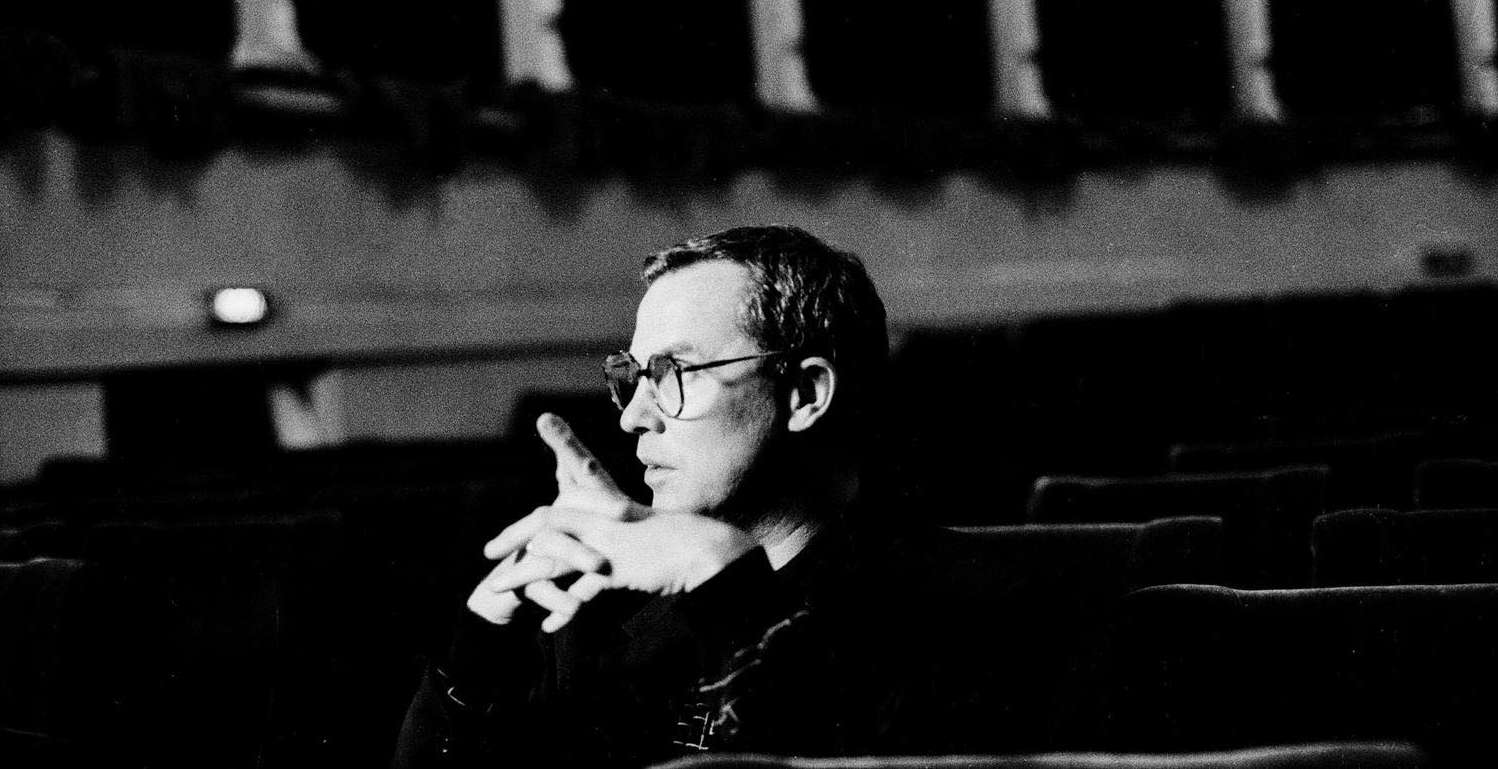Robert Wilson, known as “Bob,” one of the greatest visionaries of contemporary theater and stage, passed away on July 31, 2025, at the age of 83. News of his passing, following a brief illness in the quiet of the Watermill Center, the creative center he founded a short distance from New York City, was given by the foundation itself.
Born Oct. 4, 1941, in Waco, Texas, Wilson initially studied economics at the University of Texas from 1959 to 1962. Crucially, he met Byrd Hoffman, a teacher who helped him develop a new relationship with speech and body during some workshops Wilson had attended to improve his stuttering. After this encounter, he moved to Brooklyn in 1963, graduating from Pratt Institute with a degree in architecture. In 1968, in honor of his teacher, he founded the Byrd Hoffman School of Byrds, an art collective with which he carried out his first stage experiments.
Wilson debuted with radical, silent, long, seemingly indecipherable works: The King of Spain (1969), Deafman Glance (1970), A Letter for Queen Victoria (1974). In Deafman Glance, a dialogue-free performance that established Wilson as the enfant terrible of international avant-garde theater.
The year 1976 marked a turning point with Einstein on the Beach, a collaboration with minimalist composer Philip Glass. The work, more than four hours long, abolished any traditional narrative, replacing it with visual and musical loops, recited numbers, recurring symbols and an unprecedented formal tension. It was an opera about Einstein, but also about time, perception and language. It was met with both enthusiasm and distrust: scandal became cult, and cult became canon. With Glass and other collaborators-Laurie Anderson, Tom Waits, Heiner Müller-Wilson continued to develop a theater that focused on light, image, and slowness. Every scenic element was calibrated with almost scientific rigor. In his performances one could see the hand of the architect and the eye of the painter. Everything was form, rhythm, structure.

Wilson staged dozens of operas and plays in the world’s most prestigious theaters. He tackled Shakespeare, Racine, Brecht, as well as sacred and mythological texts. His performances were often dominated by a hieratic slowness. Actors moved as if in a trance, lines were paced unnaturally, lights carved the space like blades. A Wilson signature staging was immediately recognizable: sharp shadows, minimal sets, faces made up like masks, and above all a pinpoint precision in visual and sound editing.
Wilson had a long and fertile relationship with Italy, and in particular with the Teatro alla Scala, where he made his debut in 1979 with the ballet Edison. Memorable was his 1987 Salomé (his first production at La Scala), with costumes by Gianni Versace and direction by Kent Nagano. Between 2011 and 2015 he signed a refined Monteverdian trilogy(Il ritorno di Ulisse in patria, L’Orfeo, L’incoronazione di Poppea), hailed by critics as one of his operatic summits.
His latest Italian production, The Night Before. Objects, Chairs, Opera, was staged last April, right at La Scala, on the occasion of the opening of Salone del Mobile 2025. It was an unintentional but perfect farewell: a hybrid work between installation and theater, in which chairs became protagonists, objects charged with memory and silence.
In 1992 Wilson founded the Watermill Center, a research center for interdisciplinary arts, conceived as a laboratory home for young creatives from around the world. Here Wilson lived and worked until the end, surrounded by archives, theater objects, artwork, sketches and prototypes. A true living museum of his thinking and obsessions. Wilson was also a prolific visual artist. With the Voom Portraits-video portraits of actors, musicians, artists and animals, also on display in Milan’s Palazzo Reale in 2009-he explored the boundary between the static and the dynamic, posing stars such as Lady Gaga (his portraits of the American singer were exhibited thisyear at the Andrea Solario exhibition in Milan, since they are inspired by the great Milanese painter’s Head of the Baptist ), Brad Pitt, Isabelle Huppert and perfect strangers, in hypnotic images that seem to come out of a postmodern dream. Also famous is his installation Mother, also presented at the 2025 edition of the Salone del Mobile, with which he gave a special illumination to Michelangelo’s Pietà Rondanini preserved at the Castello Sforzesco, reinterpreted according to his vision of Michelangelo’s work.
Awarded the Golden Lion at the Venice Biennale in 1993, Wilson received the Europe Theatre Prize in 1997 and the prestigious Praemium Imperiale in 2023 for Theatre. He has been acclaimed at festivals in Avignon, Salzburg, Berlin and Spoleto. He has influenced directors, visual artists, architects, choreographers and performers everywhere.
“With Bob Wilson,” writes La Scala, “disappears a pivotal figure in contemporary culture. A complete artist, director and scenographer of prose and opera, Wilson always understood theater as a total work of art, taking care of every detail of the shows he signed, but the impact of his work extends to the other arts and to all fields of creativity.”
 |
| Farewell to Bob Wilson, director who revolutionized theater |
Warning: the translation into English of the original Italian article was created using automatic tools. We undertake to review all articles, but we do not guarantee the total absence of inaccuracies in the translation due to the program. You can find the original by clicking on the ITA button. If you find any mistake,please contact us.